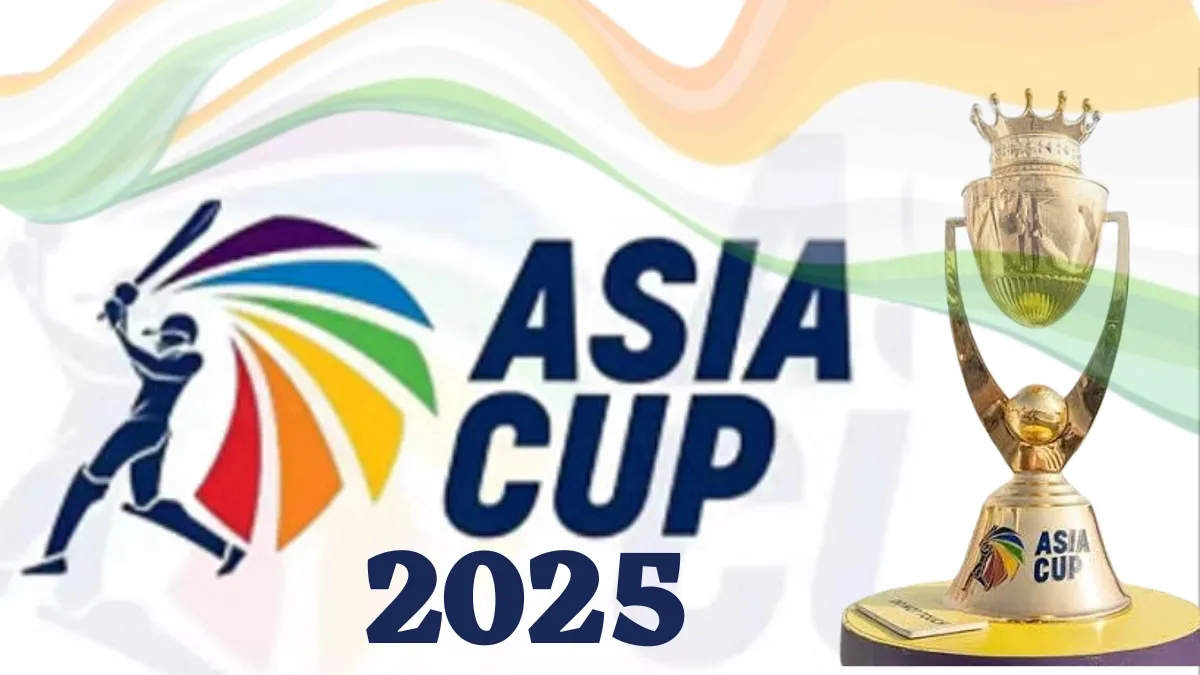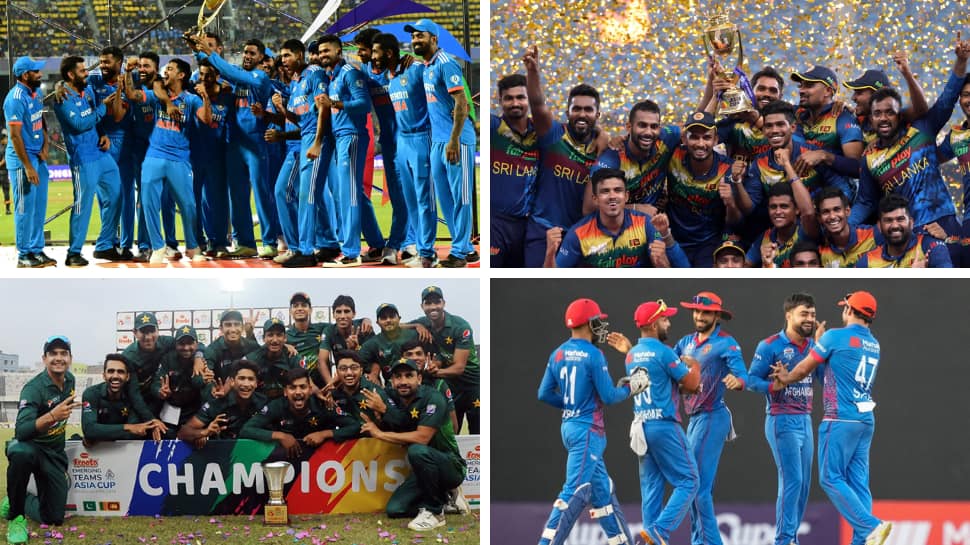India National Cricket Team vs New Zealand National Cricket Team Timeline – A Complete History

Introduction
The rivalry between these two great countries has been marked by tenacity, changing cricket culture, and memorable matches, according to the timeline of the India national cricket team vs. the New Zealand national cricket team. Since their first Test match in 1955, India and New Zealand have had many wonderful encounters in high-stakes matches in World Cups, World Test Championship finals, and bilateral series. This timeline displays the feelings, tactics, and advancements that have shaped one of cricket’s most fascinating rivalries in addition to the wins and losses.
First Meetings: 1950s to 1970s
The first official Test series between India and New Zealand took place in 1955, marking the beginning of the two countries’ cricketing histories. India established early dominance by defeating the Black Caps in its first series. Both teams had few resources and were assembling their rosters from young players because cricket between the two countries was still in its infancy.
The competitions are distributed more fairly throughout the 1960s and 1970s. Their batting order was put to the test when New Zealand hosted India in seaming conditions. Although Richard Hadlee led New Zealand’s bowling attack, players like Sunil Gavaskar and Bishan Singh Bedi were crucial in building India’s reputation.
The 1980s saw the emergence of a competitive mindset.
The history of the Indian and New Zealand national cricket teams underwent a dramatic change in the 1980s. On their home fields, both teams won, and the level of competition rose. India’s batting was ruined by New Zealand’s consistent victories in Wellington and Auckland due to their swing-friendly conditions. Nonetheless, the domination of Indian spinners affected the outcomes of games in Chennai and Kolkata.
The rise of Kapil Dev, who improved India with his all-around achievements, was one of the Cricket highlights of this era. Conversely, Hadlee made New Zealand stronger, which made games exciting and unexpected.
Limited-overs competition started in the 1990s.
The history of the Indian and New Zealand national cricket teams took a new turn with the rise in popularity of One-Day Internationals. The competition was particularly fierce during the 1992 World Cup, which was held in Australia and New Zealand. Supporters in Wellington and Auckland encouraged the home team, but India found it difficult to adjust to the fast-paced fields.
India’s batting was bolstered by players like Sachin Tendulkar, while New Zealand was a dangerous opponent because to Chris Cairns and Stephen Fleming. With outcomes frequently turning both ways, their ODI series in the 1990s established the standard for subsequent games.
Equitable Format Competition in the 2000s
The history of the national cricket teams of New Zealand and India took on new significance in the new millennium. When India toured New Zealand in 2002, they were completely destroyed by hostile bowling and green fields, forcing them to face a harsh reality. Thanks to New Zealand’s excellent strategy, the games in Hamilton and Christchurch will always be remembered.
However, India reclaimed its supremacy at home. India’s dominance in the series was guaranteed by players like Rahul Dravid, Sourav Ganguly, and Anil Kumble. Shane Bond and Daniel Vettori, meanwhile, helped New Zealand win the game.
The 2010s: International Stage Events
The history of the national cricket teams of India and New Zealand garnered international attention in the 2010s. The Manchester semi-final is one of the most important events of the 2019 ICC Cricket World Cup. In a thrilling match marred by rain, New Zealand shocked India by defeating them and advancing to the last round. Cricket fans all throughout the world were profoundly impacted by this game.
In addition to ICC events, bilateral series continued to be contested. While Kane Williamson’s leadership provided the New Zealand team with composure and tactical genius, Virat Kohli’s aggression altered the current era for India.
2021’s final World Test Championship
The 2021 World Test Championship (WTC) Final was one of the most important occasions in the history of the national cricket teams of India and New Zealand. After defeating India in the final in Southampton, England, New Zealand became the first WTC champions. Williamson and Ross Taylor’s calm batting and Kyle Jamieson’s bowling session sealed the victory. This game demonstrated India’s incapacity to compete with top seam bowling outside of Asia as well as New Zealand’s ability to adjust to English conditions.
Current Transactions: 2020s
In the 2020s, the timeline between India and New Zealand flourished. The vital contributions of spinners and top-order batsmen helped India win both home Test matches and ODIs. However, New Zealand performed better at home, especially in terms of seaming and swinging conditions.
The competition has continued thanks to matches in ICC competitions, like the T20 World Cup. There is still debate among fans and experts on New Zealand’s ability to defeat India in knockout matches.
An Overview of Statistics
This data table, which presents the results in multiple forms, helps to clarify the schedule for the India vs New Zealand national cricket team match.
| Format | Matches Played | India Wins | New Zealand Wins | Draw/No Result |
|---|
| Tests | 60+ | 22 | 13 | 25+ |
| ODIs | 115+ | 58 | 50+ | 7 |
| T20Is | 25+ | 14 | 10 | 1 |
Effect on International Cricket
The history of the national cricket teams of India and New Zealand shows how cricket has changed over time in ways that go beyond simple statistics. The conflicts between these two countries have affected cricket culture, tournament results, and ICC rankings. India’s enormous fan base adds glitz, while New Zealand’s steady play in ICC tournaments shows that they are a reliable cricketing force.
Conclusion
The national cricket teams of India and New Zealand have a rich history filled with competition, mutual respect, and unforgettable moments. From the inaugural Test in 1955 to the World Cup semifinals and World Test Championship final, the rivalry has intensified every ten years. New Zealand’s seam bowling and tactical discipline stand in stark contrast to India’s batting depth and spin assault, two of both sides’ distinctive advantages.

)


